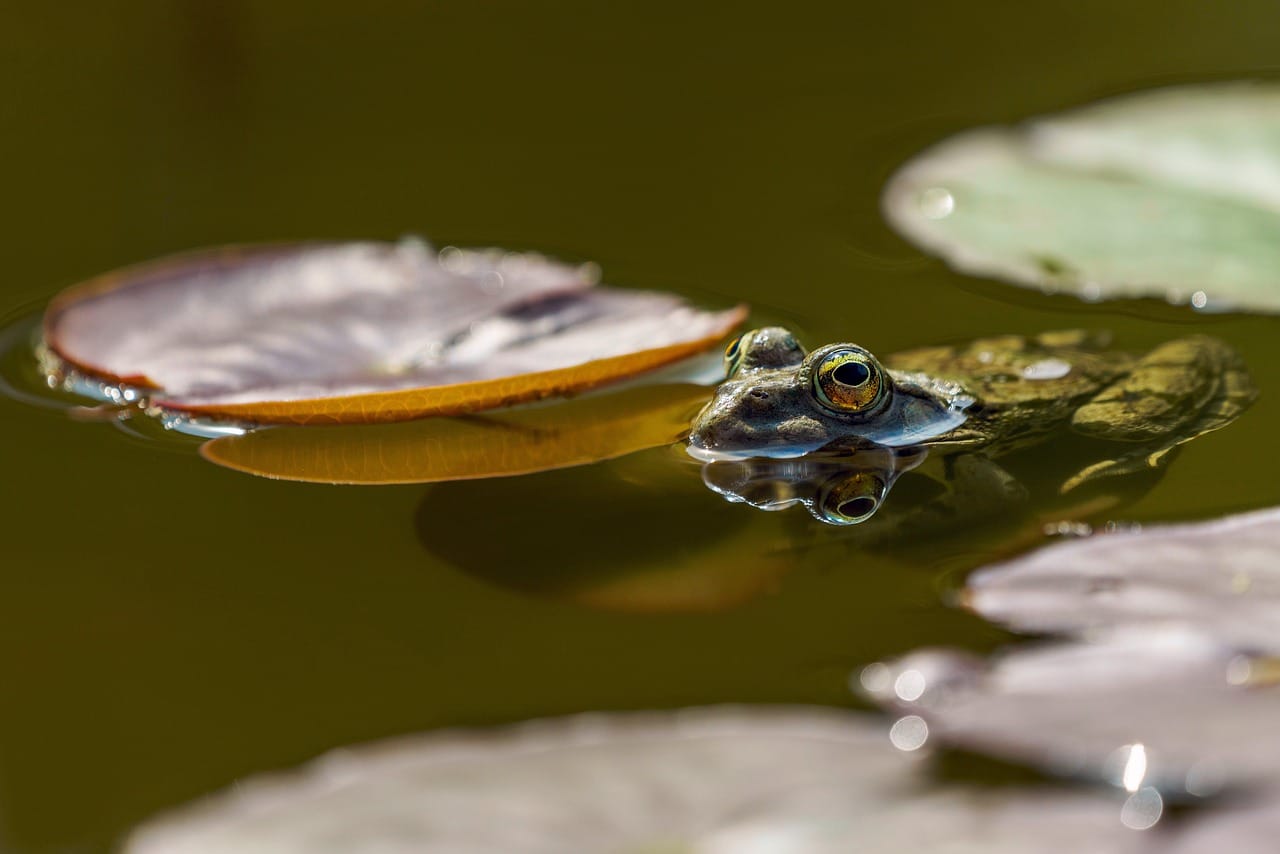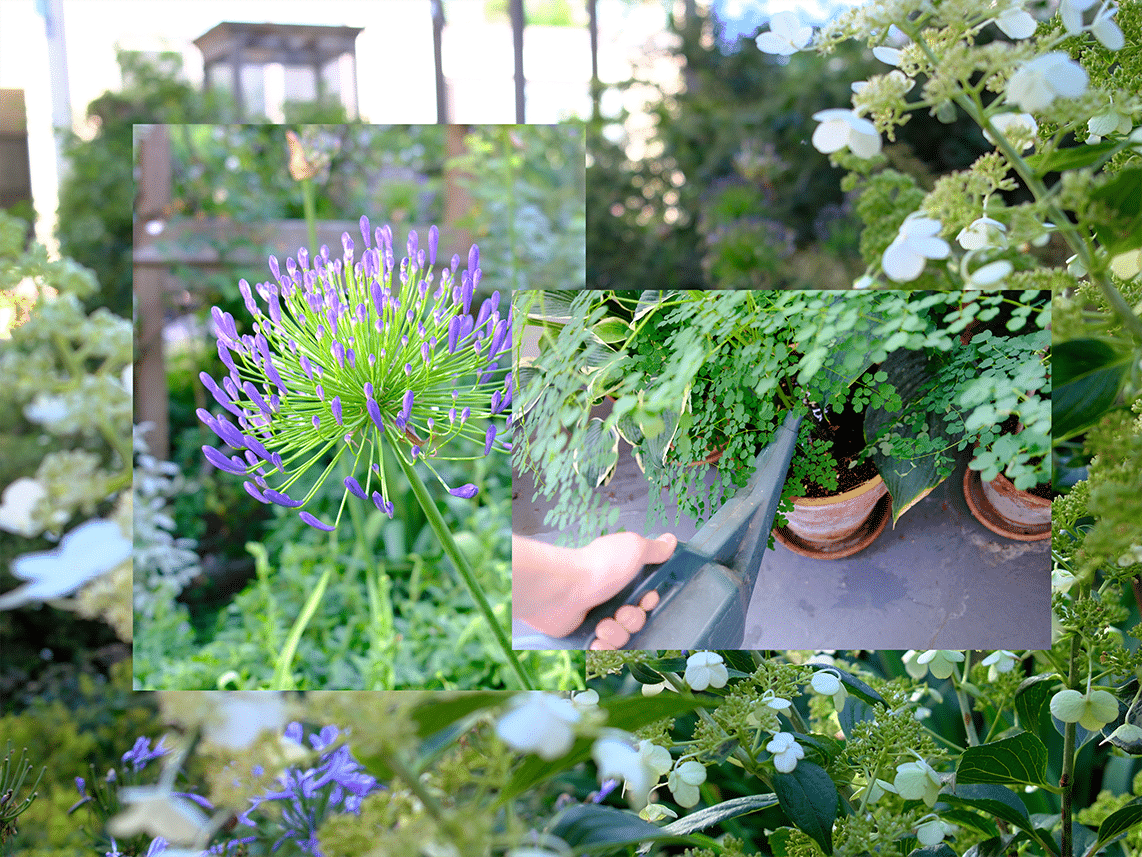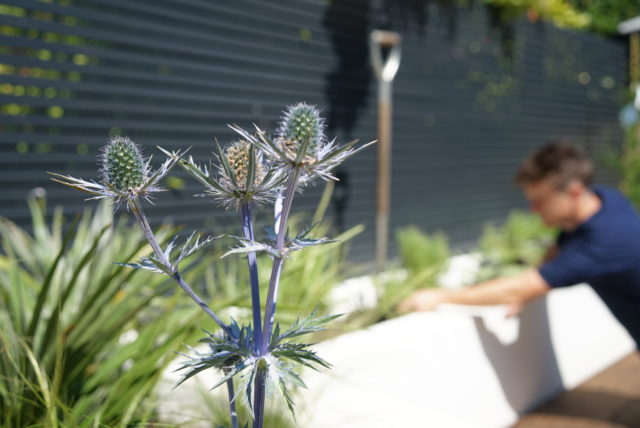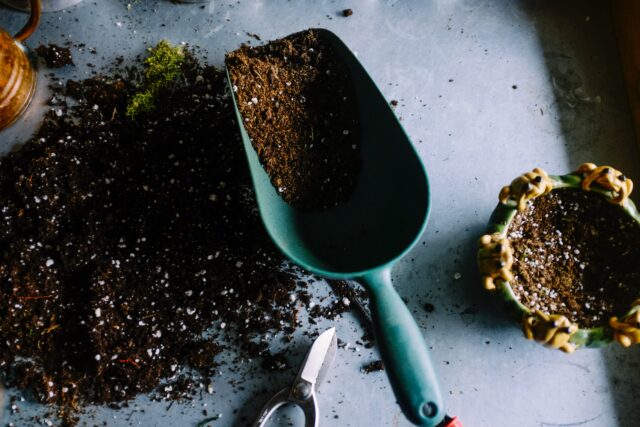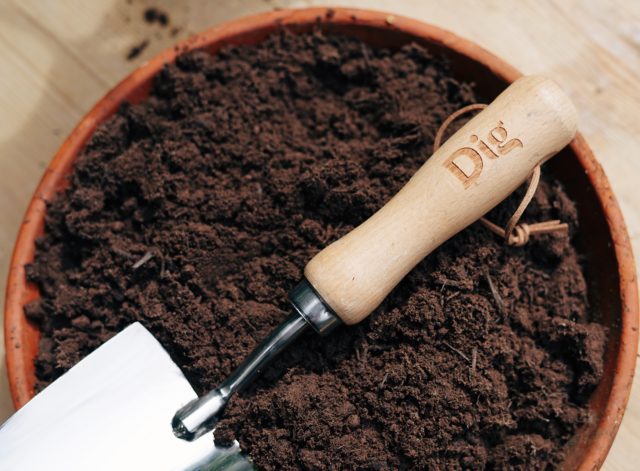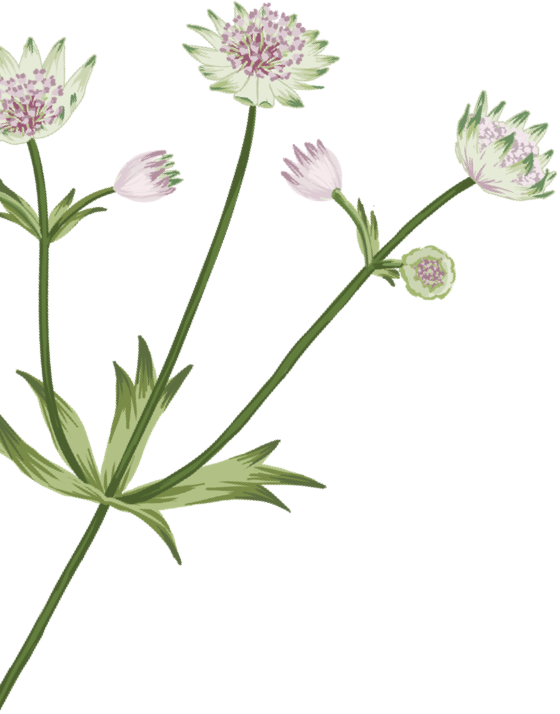Watering Wisely
Look, I know we always go on about it and we always put it first on the list, but its quite literally the most important thing. Water deeply to encourage strong root growth, and ideally in the early morning or later evening to minimise evaporation. Pay good attention to newly planted spots – and keep an especially close eye on pots, planters and hanging baskets which can dry out more quickly. During a heatwave you might also need to water smaller plants multiple times but check first.
Dig Top Tip
To check whether a plant is desperate for water or not, push your finger into the soil up to the first knuckle – if it’s dry all the way down then it definitely needs a drink.
Deadheading = more blooms
Continuously removing spent flowers from annuals and repeat flowering perennial plants (like roses, Cosmos, Sweet Peas and Dahlias) will encourage more blooms to come through and keep things looking tidy. Put the spent flower heads into your garden waste.
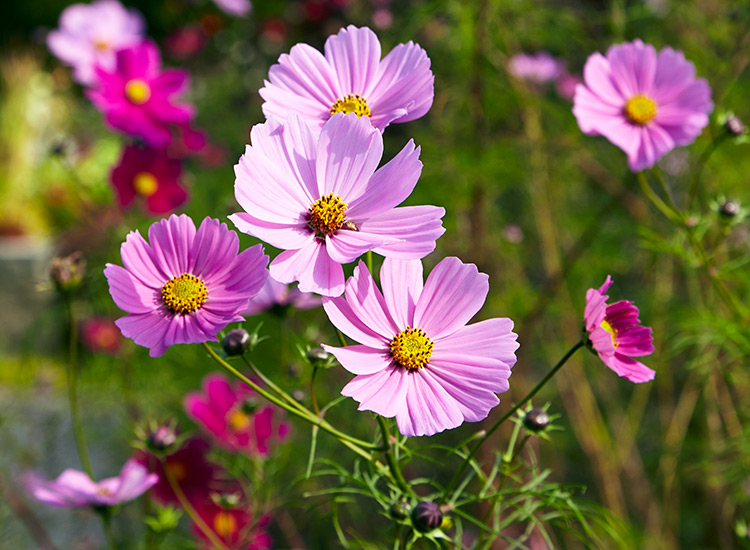
Cosmos will give you flowers all summer long with regular dead-heading.
Weeding
Weeds, like non-weeds (which, for the sake of argument, we’ll call plants that you didn’t intend to be there and don’t want there) will grow vigorously at this time of year. Keeping a regular watch over them and hand removing as necessary will save you digging anything out down the line.
Feeding
It’s worth feeding vigorous and hungrier plants at this time of year too – much as you would at any other time of year. Supermarket/garden centre bought tomato feed is a good place to start. It’s cheap and widely available and works particularly well on, well, tomatoes.
Tying in
Climbing plants, from Sweet Peas to climbing roses, to Group 2 or 3 Clematis (which flower around now and in late summer), all benefit from tying to a structure such as a pergola or trellis. Not only does it prevent top heavy branches damaging the plant but also allows you to guide it where you would like it to go and distribute the blooms to suit your space.
Lending support
Many plants will begin to develop big, heavy blooms and may already have done so by July. Hydrangeas, such as the ones we sometimes use in our Classic theme with large white heads can therefore benefit from support whether through staking, or using support bows helps to keep them upright and prevent any self-inflicted damage.
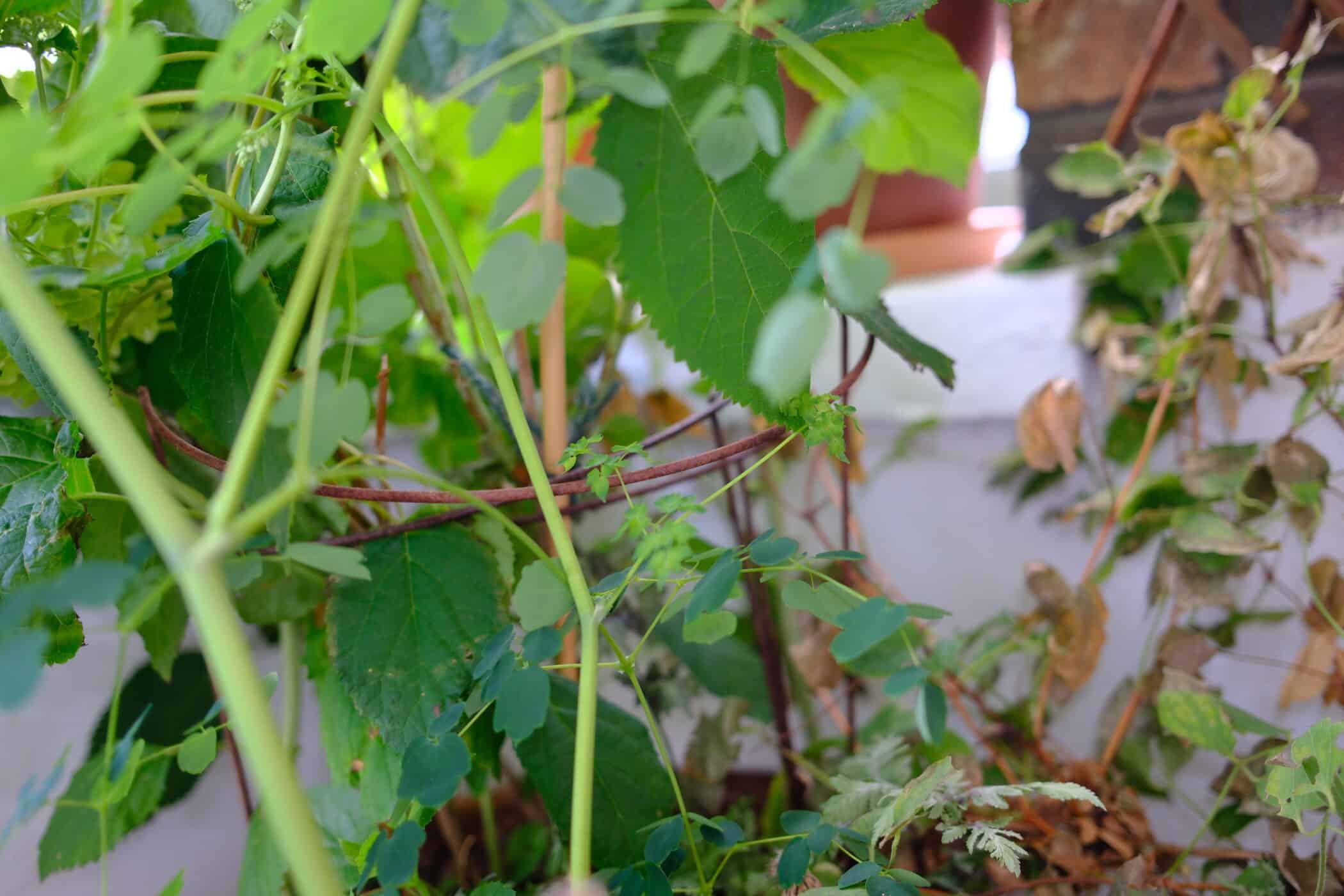
Metal plant bow supports age beautifully over time as they rust – they blend nicely with a natural look too.
High Summer Garden Advice: Theme by Theme
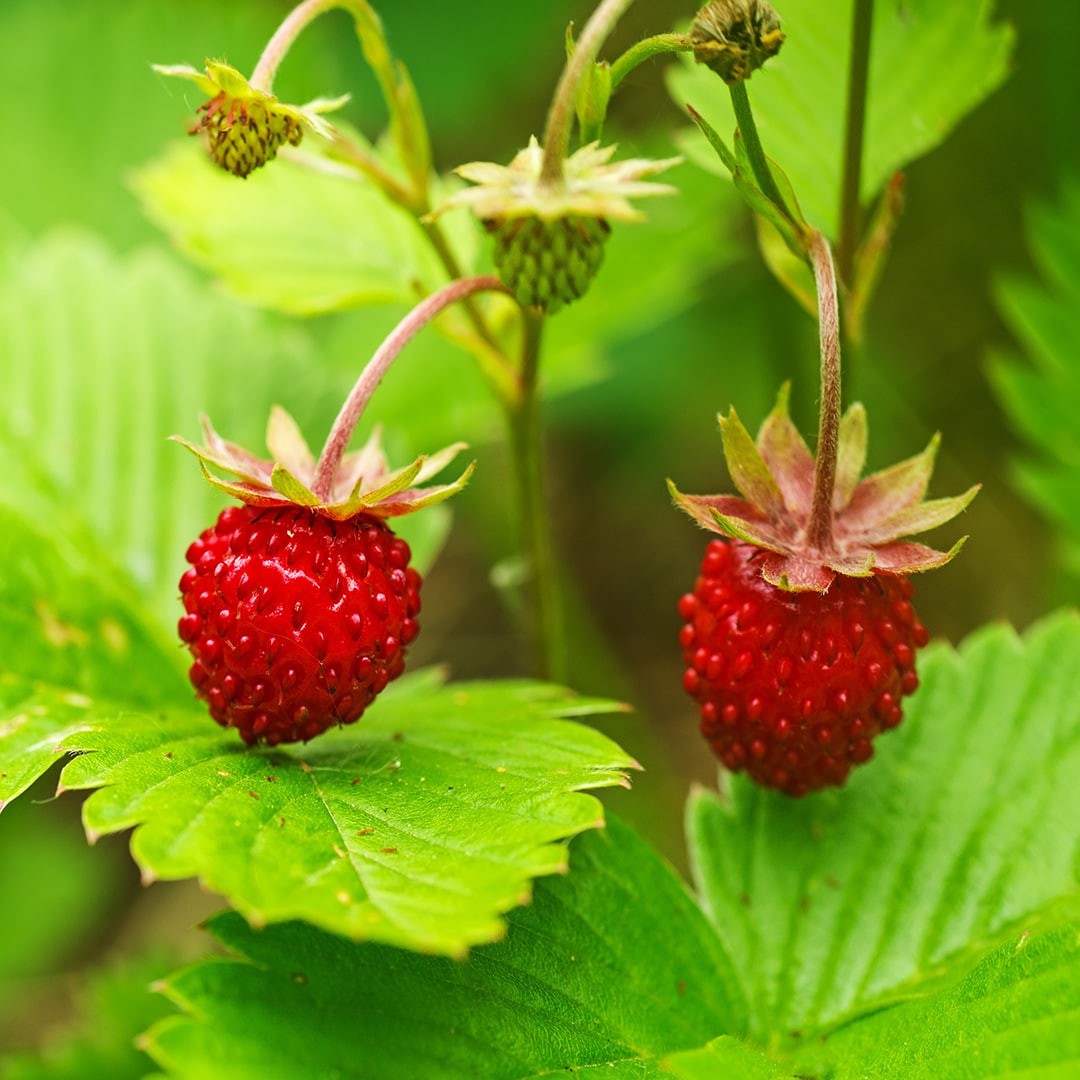
The Adventure Top Tips: Make sure to harvest your ripe strawberries and keep an eye on deadheading to ensure those bright blooms keep coming through!
The Classic Top Tips: Water Hydrangeas regularly – they are very thirsty plants and can easily wilt and dry out. If you are going on holiday, please remember to ask a friend or a neighbour!
The Nordic Top Tips: Deadhead Gaura and other perennially flowering plants to keep them looking at their best. Make sure you’re grasses are getting the right amount of water too to keep up that all important flow
The Med Top Tips: Harvest your herbs to use in cooking. If you’re left with an abundance of soft herbs that are becoming unruly, you can harvest them and, once chopped up, freeze into ice cubes that can then easily be added to soups, stews and casseroles later in the year.
The Cottage Top Tips: Once Geranium and Nepeta have finished flowering, you can cut them back hard to encourage a second burst of flowers later in the summer. Support the taller, floppier plants too – keep an eye on whether plants are tipping heavily and stake them before its too late.
The Jungle Top Tips: Protect your Hostas from slugs – this might be crushed shells around the base of the plant, copper tape around the rims of pots or regularly and vigilantly going slug hunting with a torch and bucket in the evening. Also keep an eye on big bold leaved plants and consider giving them a wipe/soak every now again to maintain their shine.
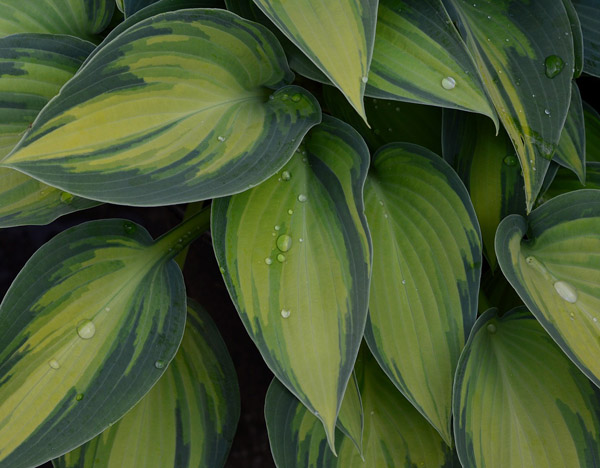
Hostas are prime targets for slugs and snails that seek out their succulent leaves.
Nature Watch
Every month, alongside your gardening jobs, we’ll give you a few things you can be doing in your garden to help support, introduce and protect local wildlife.
- Avoid pesticides: No matter how tempting it is to keep your plants looking immaculate, remember that you’ve created an eco-system with your garden and everything is connected. There are plenty of unharmful measures for protecting your plants – from light soap sprays for aphids, to companion planting to draw away pests from your prized plants.
- Hedgehog highways: Hedgehogs are very active in July. To ensure they can move freely from garden to garden, it’s worth ensuring there are few gaps in the bottom of your garden fence – known as hedgehog highways. Alarmingly, there are fewer than 1m hedgehogs left in the UK with the number estimated to have dropped by ~200,000 in the last 20 or so years. Hedgehogs are also voracious slug killers so they’re well worth having around.
- Amphibian asylum: If you have a pond and you’ve noticed frogs and newts, there are likely to be a higher number of young at this point in the year. Planting around your pond to provide shelter, and checking your lawns before you mow is a good idea. Make sure to keep your pond topped up too, especially in warmer weather.
- Mixed habitats: Wildlife really benefits from a varied set of habitats. Where some wildlife benefit from meadows and wildflowers, others prefer shorter grass to more easily access worms etc. from the surface. The simplest answer to the need for variety therefore is to introduce variety. Even if you have a very small outdoor space, providing a small corner of wilder planting alongside a more ornamental space won’t be without benefit. Every small step forward helps.
